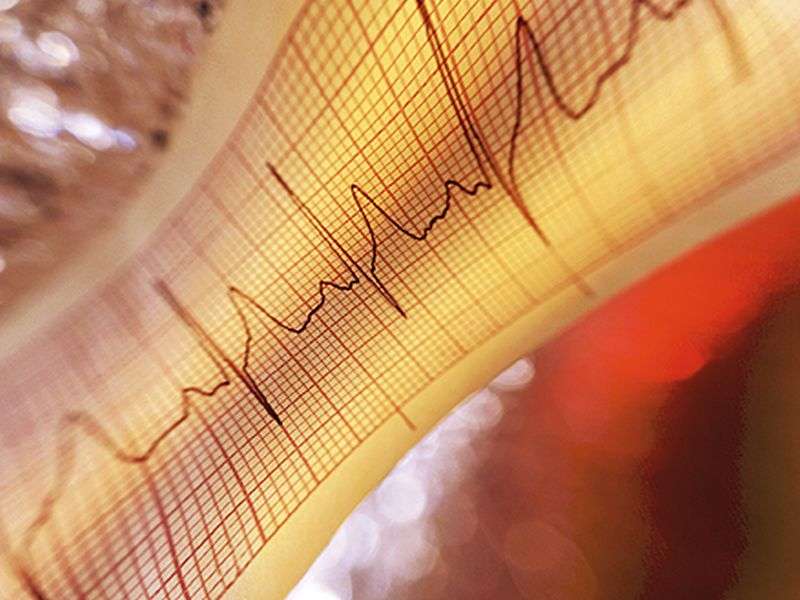(HealthDay)—Molecular autopsy for electrical disorder and cardiomyopathy genes identifies a modest but realistic yield in sudden arrhythmic death syndrome (SADS), according to a study published online April 24 in the Journal of the American College of Cardiology.
Najim Lahrouchi, M.D., from the Academic Medical Center in Amsterdam, and colleagues evaluated 302 expertly validated SADS cases with suitable DNA (median age, 24 years; 65 percent males) who underwent next-generation sequencing using an extended panel of 77 primary electrical disorder and cardiomyopathy genes. American College of Medical Genetics (ACMG) consensus guidelines were used to classify variants as pathogenic and likely pathogenic.
The researchers identified a clinically actionable pathogenic or likely pathogenic variant in 13 percent of cases. Catecholaminergic polymorphic ventricular tachycardia and long QT syndrome (6 percent and 4 percent, respectively) were the main etiologies identified. Rare predicted deleterious variants in RYR2 were also identified (p = 5 x 10-5). Clinical evaluation in surviving families combined with molecular autopsy increased diagnostic yield from 26 percent to 39 percent.
"Our data highlighted the predominant role of catecholaminergic polymorphic ventricular tachycardia and long QT syndrome, especially the RYR2 gene, as well as the minimal yield from other genes," write the authors.
Several authors report financial ties to the medical device industry.
More information:
Abstract/Full Text (subscription or payment may be required)
Editorial (subscription or payment may be required )
Journal information: Journal of the American College of Cardiology
Copyright © 2017 HealthDay. All rights reserved.





















